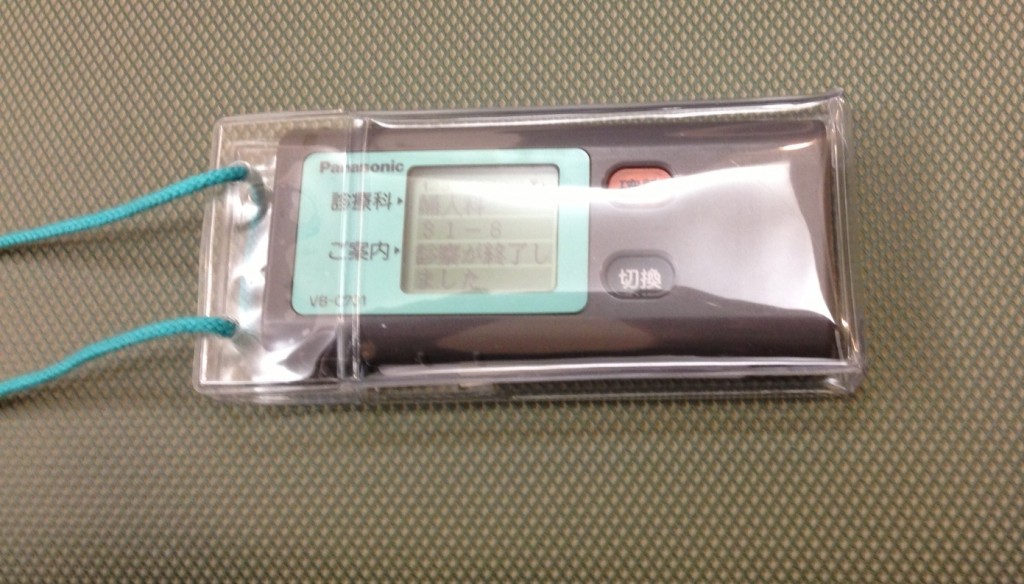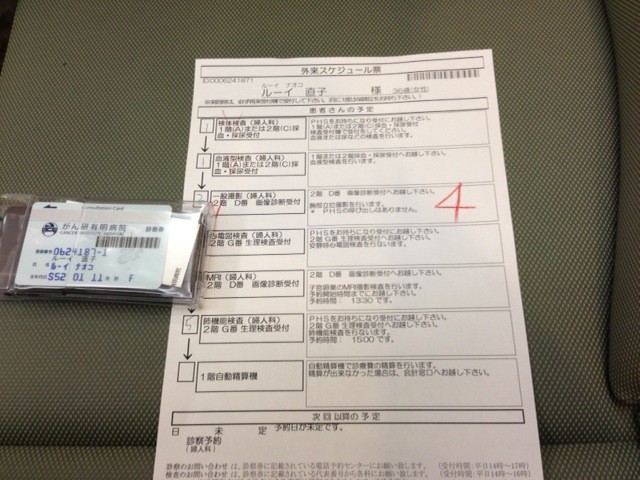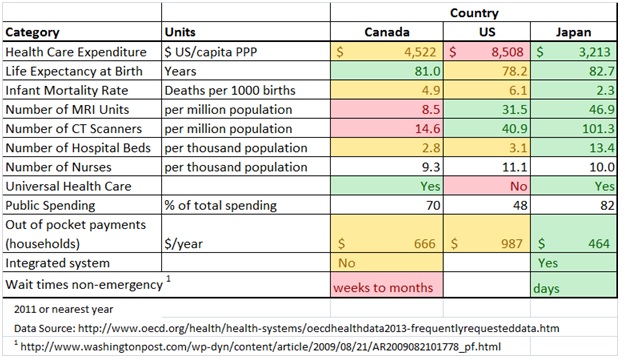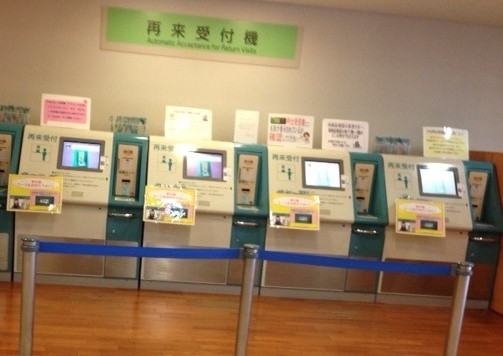Applying a systems approach to health care significantly improves quality, speed, economics, and customer satisfaction. I have now experienced both the North American and Japanese Health Care Systems, and I can now see the clear benefits of the systems engineering approach applied to technology, activities, and people (i.e. using the Design Structure Matrix approach).
When you are a patient at a Japanese Hospital, you get a Personal Hospital Pager, so they can immediately notify you of your next diagnostic or consultation appointment and potentially slot you in earlier. Japanese hospitals operate like a modern manufacturing plant or logistics center with a fully integrated Information Technology System with all scheduling and results and reports in the digital domain. Japanese hospitals have all the diagnostic procedures in the hospital – MRI, CT, PET, etc., and the waiting times are so short, there isn’t really a wait time. The doctor is able to order all the necessary diagnostic or treatment procedures from her PC and you basically go from one station to another in the hospital all in one day.
As a patient, you also get a Personal Card with a RFID chip that stores key data (Fig 2, middle left) and a printout of your daily schedule, in this case seven diagnostic or consultative events. In Canada, it is often weeks between each event, and sometimes much longer, such as for a MRI or CT scan.
From a patient perspective, the speed and very short delay times is both comforting, and must increase the likelihood of successful treatment for any degenerative disease. From a macro perspective, a comparison of health care systems bears this out.
What is striking for Japan is the relatively low health care expenditure, good results in life expectancy or infant mortality, the high amount of diagnostic equipment, the number of hospital beds with a typical nurse count, the low amount of “out-of-pocket payments”, and the short wait times. A MRI here is about $100, vs. $1500 in the US. For major surgery, in Canada you stay in the hospital for 5-6 days, in Japan, you come in 2-3 days before and you stay 21 days until they are really, really, sure you are ok (with lots of diagnostic tests). Patients that have experienced both the Canadian and Japanese system very much prefer Japan.
How can the Japanese System be so good and efficient? While Japanese people may be more fit and have a better diet than North Americans, they are also one of the fastest “greying” populations, and smoking is more prevalent in Japan than in North America. After experiencing this system first hand, the high level of integration, full information technology system, modern logistics/manufacturing process, competition between hospitals, and overall design of the system to keep results high and costs low, have forced process innovation in the right areas. Is the Japanese System perfect? Not by any means, but compared to North America, it is at another level.
There is great benefit to applying the systems approach to any system. In case of the Japanese Health Care System, it even includes ensuring the political side is appropriately managed. When the Japanese physicians tried to game the system by ordering more MRI’s, the next year, the Japanese Government lowered the MRI fee by 35%.
While there are many administrators and health care professionals and technicians at a Japanese Hospital, there are also automated kiosks everywhere for many procedures, such as checking-in, paying any out-of-pocket expenses, urine tests, etc. which makes the whole time spent at the hospital very smooth and efficient. You put your Personal RFID card from Figure 2 into these kiosks, complete your procedure, your card and file is updated, and move onto the next station.
For Health Care, the system design is kind of easy. We experience full IT tracking systems in our daily lives, like Amazon.com’s reviewing, inventory, purchasing, and packaging tracking systems. We know that modern manufacturing process logistics systems exist. We have ways of measuring results, like outcomes, wait times, or customer satisfaction. Japan has integrated these best practices into a low cost system. It is just good business, and a good human system. North America needs to shamelessly borrow this better system from Japan, and tailor and improve where necessary, as was done with the Taguchi Quality method etc.




